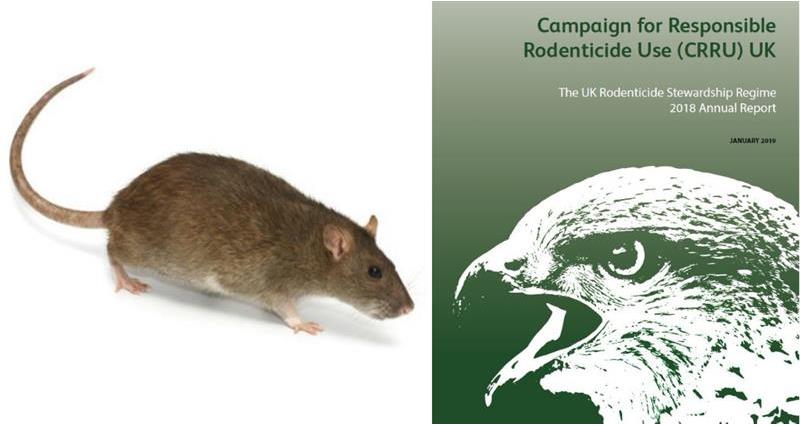Also completed were audits of approved farm assurance scheme members’ premises to meet new standards aligned with the CRRU Code of Best Practice, and new professional development (CPD) modules from CRRU to support user training and competence.
These are highlights from the third annual UK Rodenticide Stewardship report, published by the Campaign for Responsible Rodenticide Use UK under its remit to an HSE-led Government Oversight Group. It also confirms that all monitoring requirements were met and reports from independent contractors were submitted to HSE/GOG.
One of these is the all-important barn owl liver residue monitoring, according to CRRU chairman Dr Alan Buckle. "This shows some decline in residues but none large enough to be scientifically or statistically significant," he says. "Even so, it does show that there was no significant increase in residues following the removal of the ‘indoor only’ restriction on products containing brodifacoum, difethialone and flocoumafen."
New product labels with legally binding instructions for use were also introduced arising from another major review of rodenticides by the European Commission. These place even more restrictions on the use of rodenticides and, particularly, on permanent baiting.
Dr Buckle calls for continued vigilance and commitment to rodenticide stewardship from everyone involved. "We must all work to make sure that every element of the stewardship regime is implemented with full rigour to reduce rodenticide residues in UK wildlife in the near future. As imminently as 2020, HSE has signalled there will be an in-depth review of the stewardship regime and rodenticide impacts on wildlife, with possible further restrictions if targets are not met."
The 2018 annual report, available from the CRRU UK website, is updated and published annually as part of the UK Rodenticide Stewardship Regime's monitoring programme.
